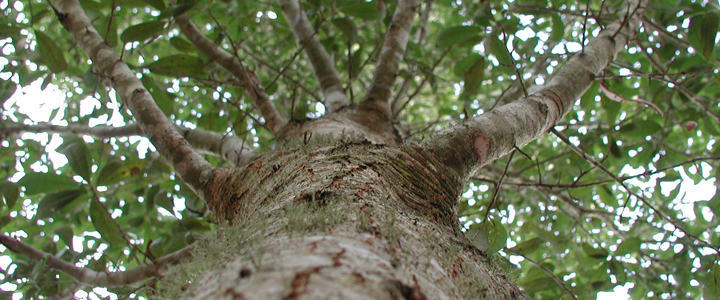“Should I prune my trees? and is there a right time to do so?” are questions that are often asked. This is always an important and highly relevant question when dealing with the topic of tree care – for your yard and garden – if your house or town house or villa.
When considering the opportunity, a pruning should take into account several factors. The timing is not always correct when it is easier and more convenient for the artist or technical landscape.
The first factor to consider is that each pruning cut on a branch of life is a direct insult and injury to the plant is a tree, shrub or bush. These wounds take away plant energy because the tree is repairing itself and containing decay at the same time. Make a global rule to prune only the minimum amount necessary. The experience of thousands of landscapers has shown that excessive pruning will result in permanent damage to the plant or tree trimmed. Just as in the future increase frequency of corrective pruning and landscaping will most likely be necessary and required. These repairs later could not otherwise have been necessary.
The second factor to consider is the actual tree species. It is well known that different trees have different growth patterns that affect the time of year that success can prune the tree. Trees like maple, willow and birch should not be pruned later this year – in the winter season and also in the early spring seasons. Pruning of willow, maple and birch trees during that time will likely lose large amounts of liquid sap, which if not slightly weaken the trees, leave a sticky mess in your yard. The trees tend to lose the sap can be best be pruned when they are in their completely leaves later in the spring or summer.
The third factor to consider is the presence of insect pests and diseases. Some trees may be more susceptible to these problems if they are injured by pruning. Therefore, species such as elm and oak must be pruned only in latency, which is typically after the leaves fall and mild winter. In many jurisdictions, there are prohibitions on pruning elm and oak trees during their growing seasons.
In general, most flowering trees can be pruned right after the flowers to allow new buds set. The pruning of these trees may be too late in response to poor flowing next year growing season.
Research has found that with many deciduous trees, the last to wait for pruning in the winter season, the greater the amount of adventitious shoots that will develop the following year. If you prune these trees later in the season – best in the fall or late summer is that these succulent shoots are less likely to exploit in his backyard.
Firs and pines, most can be pruned in spring when they are making new growth. In general, most evergreen conifers follow this rule and should not be pruned from mid-summer to autumn weather cools.
Finally, it is important that your tools are sharp and in good condition. Cuts larger than 3/4 inch should be done with a sharp saw. If the cut is less than 1/4 inch below the preferred tool are bypass pruners.
All in all, pruning ornamentals, shrubs and plants can be done properly and at the right time of year according to plant species.
